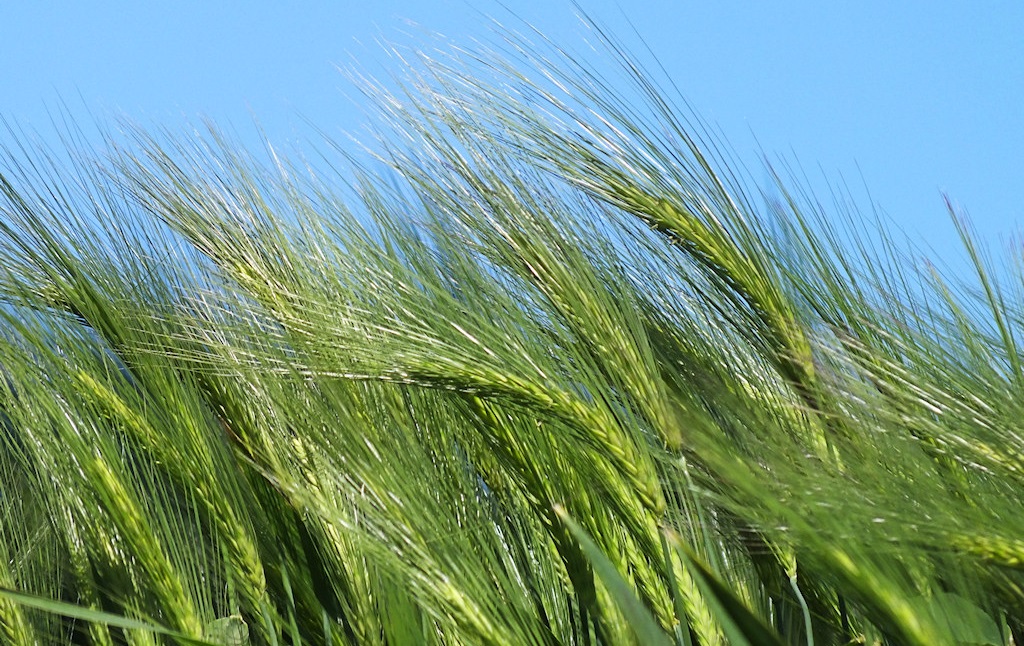
Spring malting barley growers should continue to manage risk and maximise opportunities – for example by locking into contracts and growing varieties suited to more than one end market – even though a brighter future is predicted for the crop.
That is the message from industry experts Stuart Shand of international merchant Gleadell Agriculture, and Samantha Brooke of Syngenta, as growers plan spring cropping for 2016.
It also comes as a new spring malting barley variety, Laureate, is being developed – targeted not only at UK distilling but also at brewing markets both in the UK and overseas.
According to Stuart Shand, while the market for spring malting barley has been challenging in 2015 – with a large harvest and reduced beer demand from some countries – the crop’s long-term picture looks bright.
“Global barley demand is increasing by approximately 3% year on year,” explains Mr Shand, “and UK brewing is forecast to turn around with 1% year on year growth. Also, distilling markets are optimistic with 2% year on year growth.”
Nevertheless, for 2016, Mr Shand believes beer and distilling markets may continue under pressure, with large malt and barley stocks going into harvest and limited harvest demand. So it will be important for growers to look at locking into contracts, he says. Factors such as the global economy, currencies, other commodity prices, and the weather can all impact on the spring malting barley market, he adds.
“A good summer and the European football championship could increase demand, but volatility has not gone away. Maltsters start the year having most of their yearly requirements covered on some sort of contract. If a grower is not on some sort of contract, they are gambling on a home becoming available.
“Spring malting barley will continue to be grown because it fits rotations and it helps get rid of black-grass. But manage your risk. There are numerous malting contracting options.”
Also, look at variety choice versus local end market, says Mr Shand. For brewing, he says there are a few newer varieties to look at, but highlights the spring variety Propino as the one with the best marketing options, alongside Null-Lox varieties. For distilling, he says there is currently one main variety and the industry is very keen for at least one other. For the future, he points to Laureate as a potential option covering both brewing and distilling.
Syngenta seed manager, Samantha Brooke, agrees and says growing a variety suited to more than one end market is a key way to manage risk.
“Propino, for example, is used not only for UK brewing, where it has full approval for brewing use on the Institute of Brewing and Distilling (IBD) approved list, but is also used across mainland Europe,” says Mrs Brooke. “So it offers export potential as well. A key reason it is in demand is because it passes through end users’ processes easily, which is important for production efficiency. For the future, we are equally excited about Laureate,” she adds.
Syngenta barley breeder, Paul Bury, agrees on the importance of varieties suited to more than one end market. It is for this reason that the new high yielding, non-GN variety Laureate is being developed for use in both distilling and brewing, he adds.
“The industry needs a new variety that is consistent in the field and provides top quality for end users – be they brewers or distillers,” says Mr Bury. “We believe Laureate provides the malting barley industry with what it is looking for.
“It had the highest treated yield figure of any spring malting barley variety in AHDB Recommended List trials in 2015, and it has performed well in both England and Scotland.
“Recently, there has been a widening yield gap between new brewing varieties and the current varieties used for distilling. Laureate is the new variety that offers competitive yield to growers, whilst maintaining the high malting quality levels the industry needs – including a high spirit yield for distilling and a high hot water extract for brewing. Encouragingly, it is under IBD testing for both markets.
“On top of that, Laureate is being registered across Europe, like Propino and Tipple before it, and it has shown very consistent and very high yields across a wide range of environments and seasons – including in Denmark, Germany, France, Holland and Austria. So we hope it will have future export potential as well.
“Agronomically, Laureate also has excellent disease resistance,” adds Mr Bury, “including to mildew, Rhynchosporium and brown rust, which is underlined by its very high untreated yield.”
